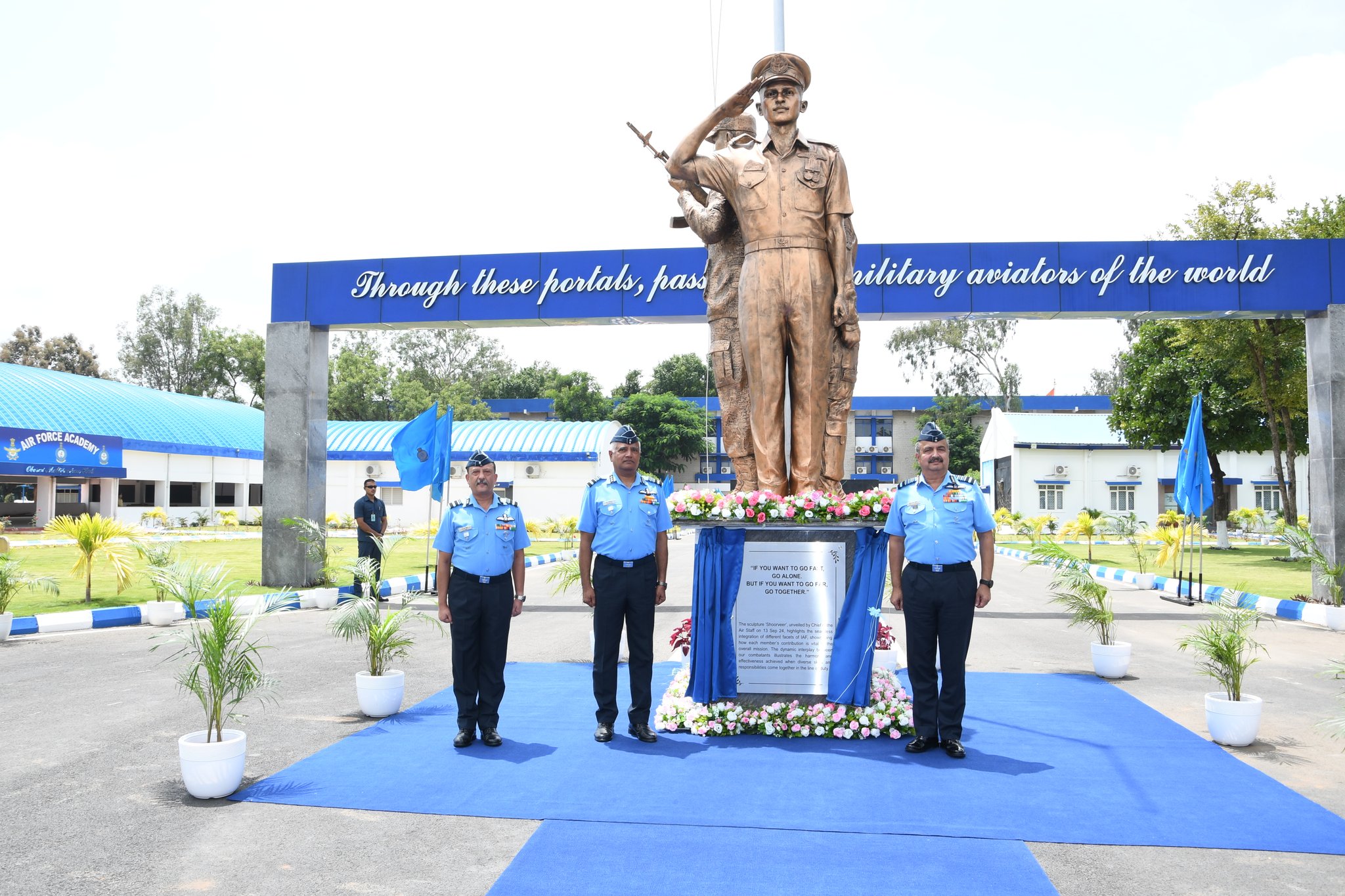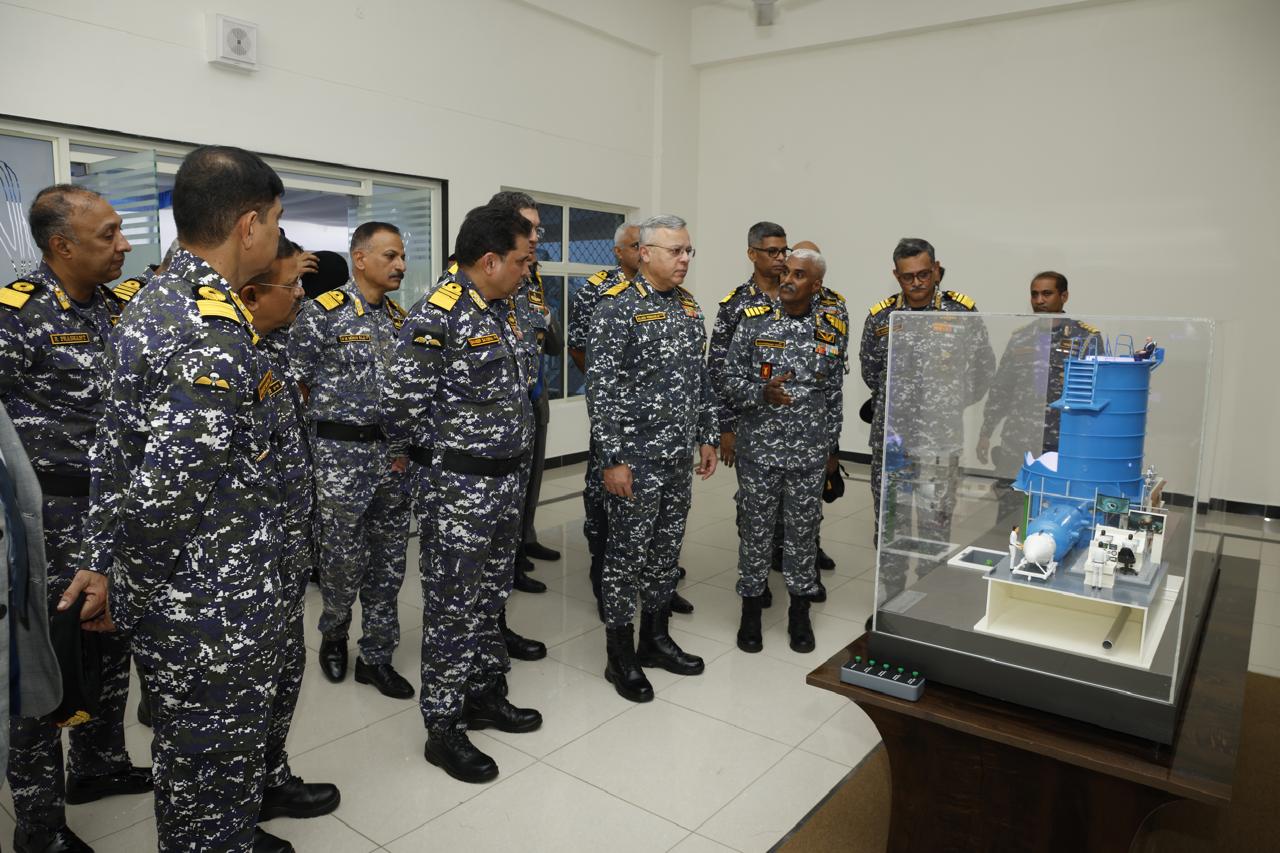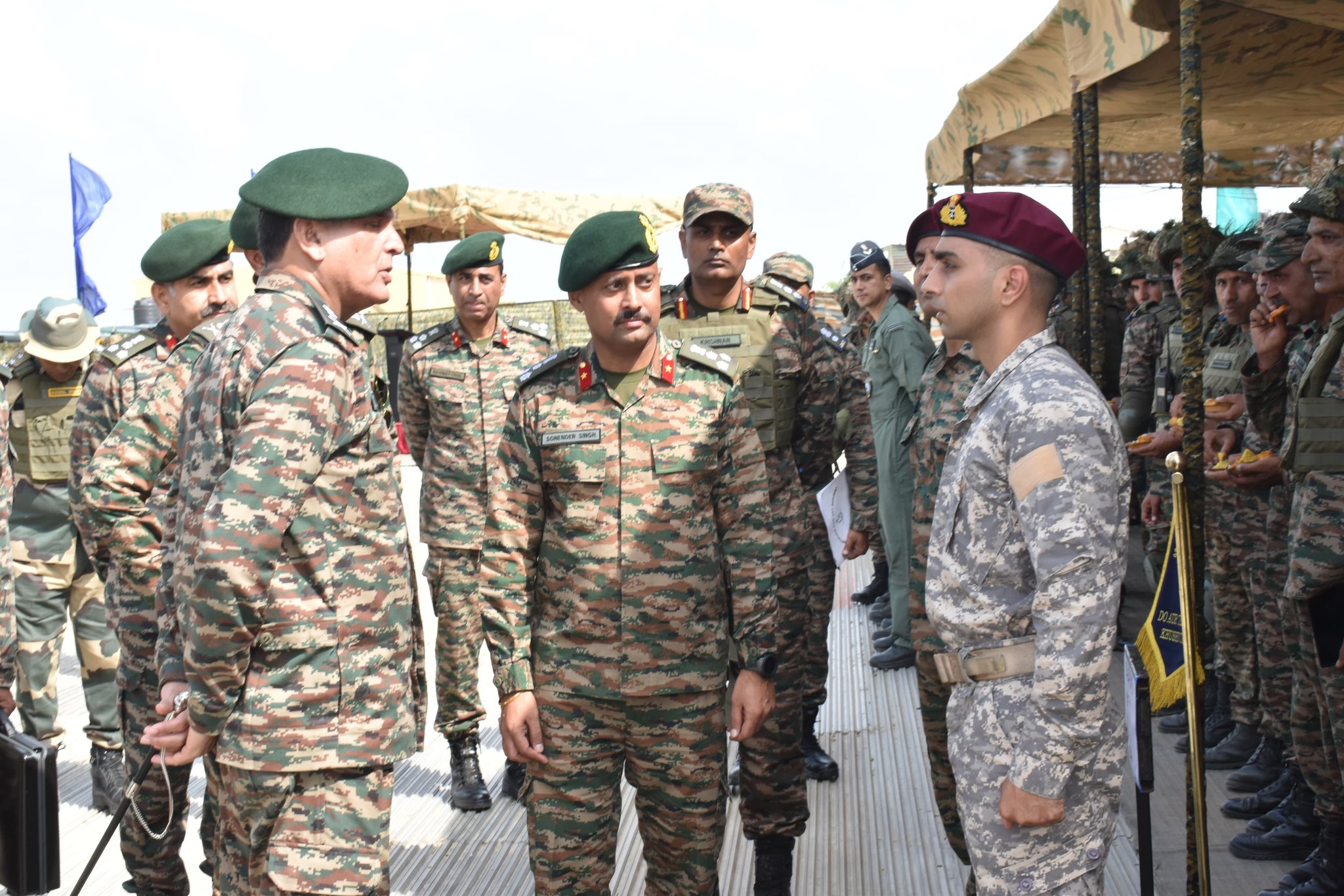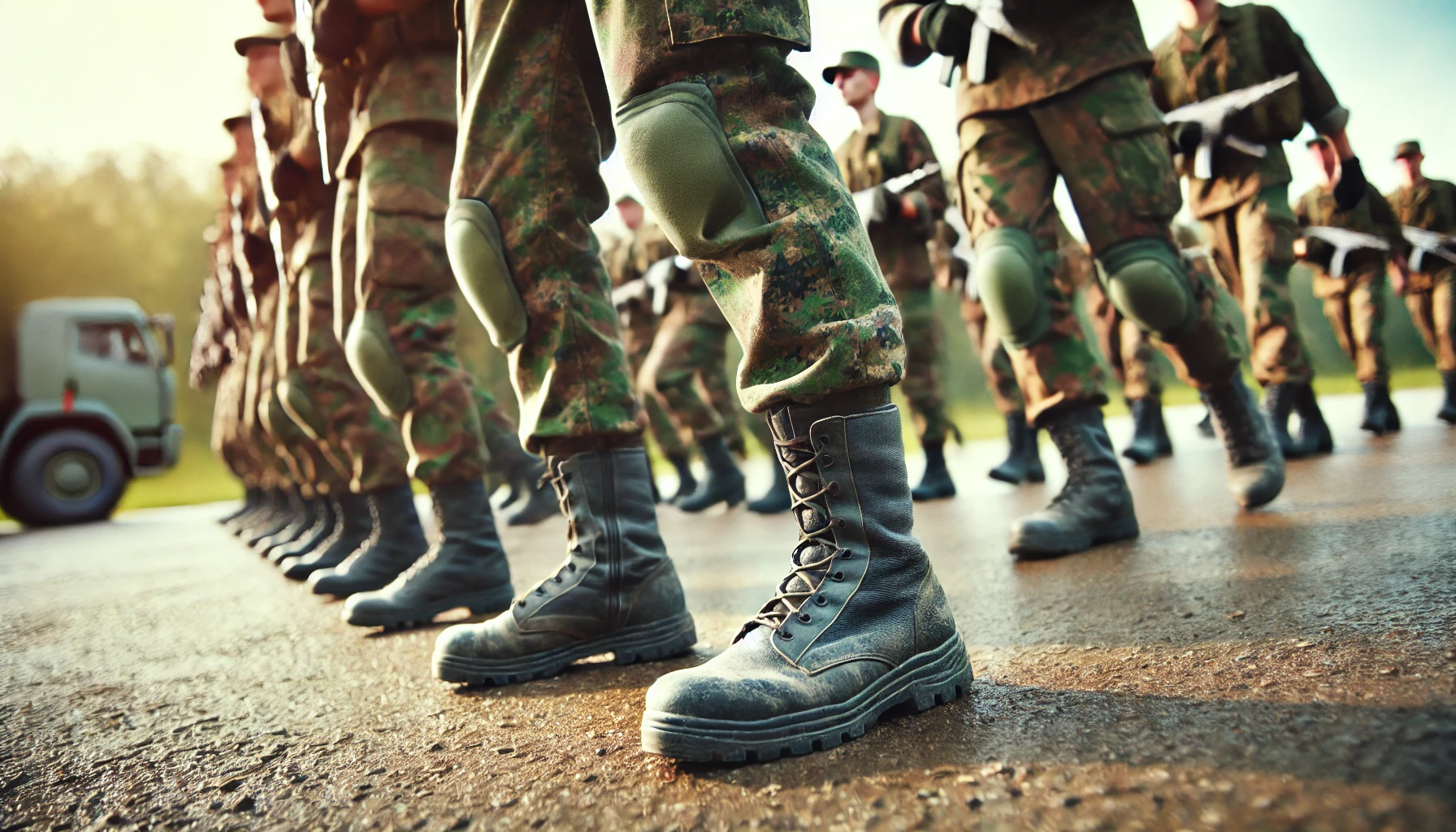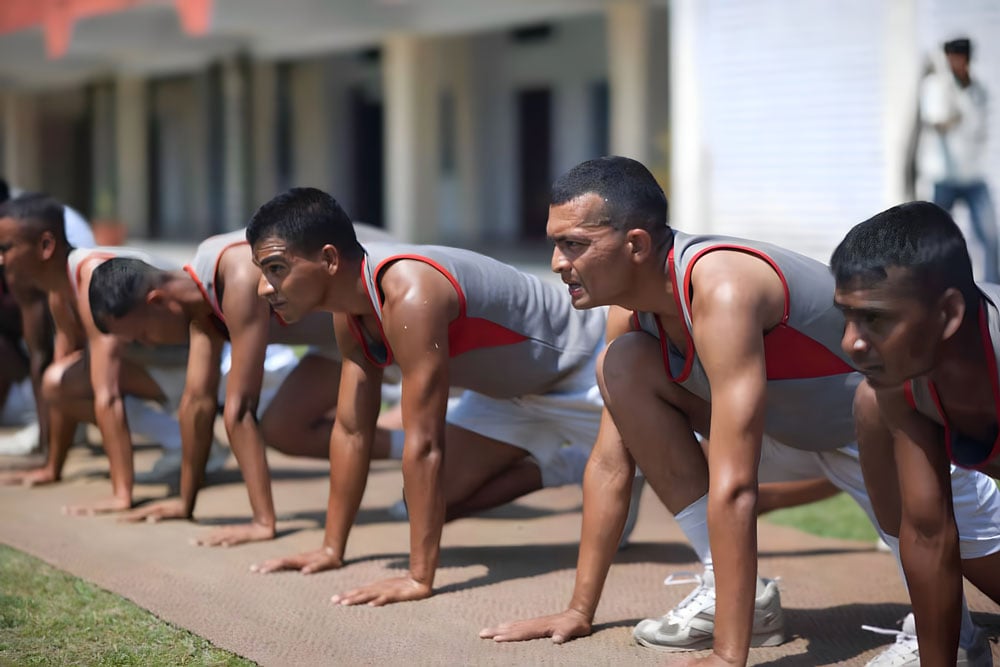Air Chief Marshal VR Chaudhari Unveils ‘Shoorveer’ Statue at Air Force Academy in Dundigal
In a symbolic gesture that highlights the camaraderie, indomitable spirit, strength, and synergy of the Indian Air Force (IAF) trainee…
Lt Gen MV Suchindra Kumar Reviews Security and Preparedness at Dharmund with White Knight Corps
Lieutenant General MV Suchindra Kumar, Army Commander of the Northern Command, accompanied by the General Officer Commanding of the White…
Indian Navy Commissions Advanced Submarine Escape Training Facility ‘Vinetra’ in Visakhapatnam
The Indian Navy has taken a significant stride in enhancing the safety and operational readiness of its submarine crew with…
Lt Gen Dhiraj Seth Reviews Operational Readiness of Bald Eagle Brigade in Kutch
Lieutenant General Dhiraj Seth, AVSM, Army Commander of the Southern Command, recently visited the Bald Eagle Brigade to evaluate the…
Mhow attack: All Six accused held, Army orders probe against 2 officers
A departmental inquiry has been initiated against two army officers who were attacked by a six-member gang near Jam Gate,…
How to Lose Weight Quickly and Safely For SSB Medical
Preparing for the prestigious SSB (Services Selection Board) Interview is a challenging endeavor that requires meticulous planning and dedication. One…

